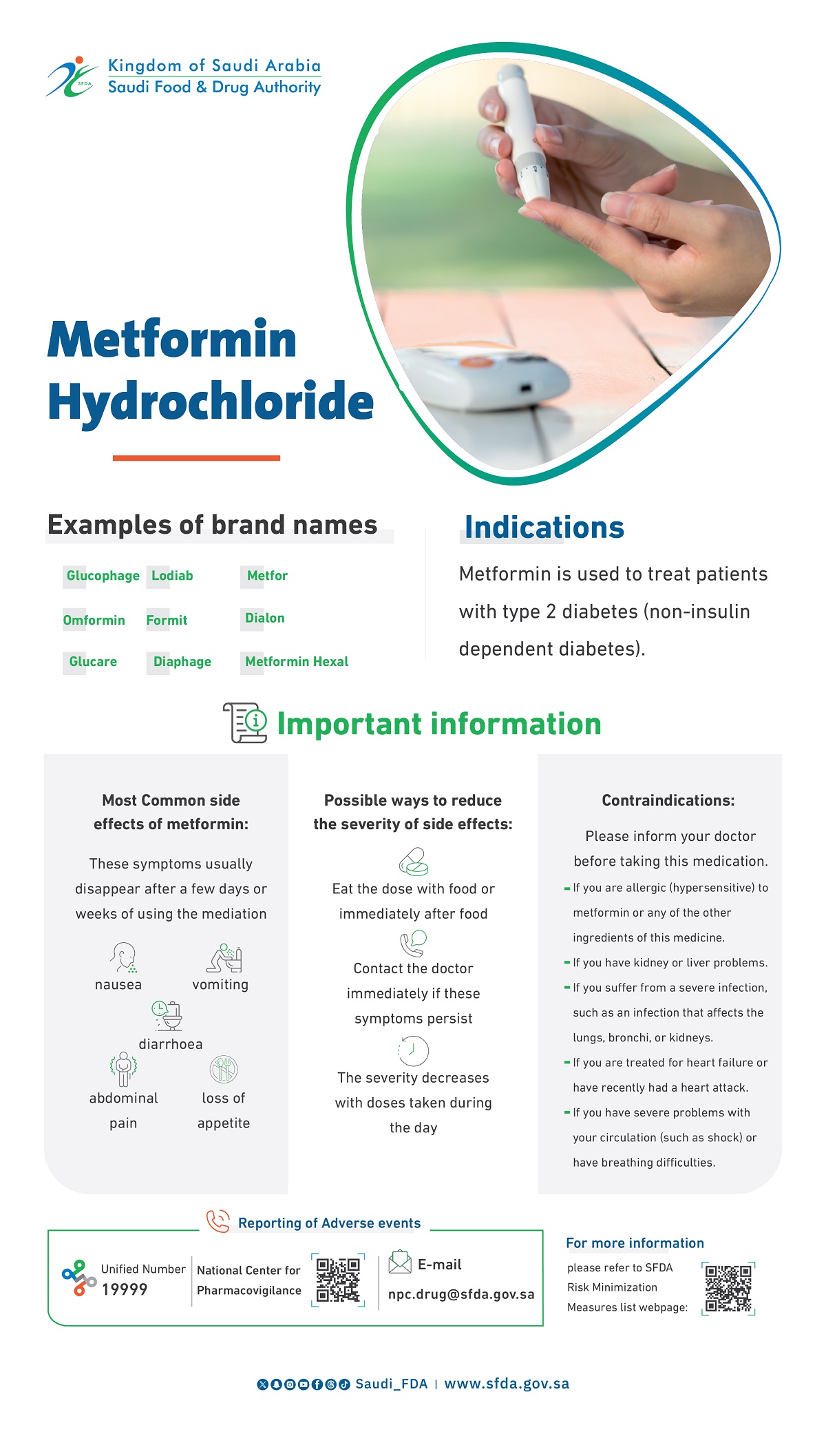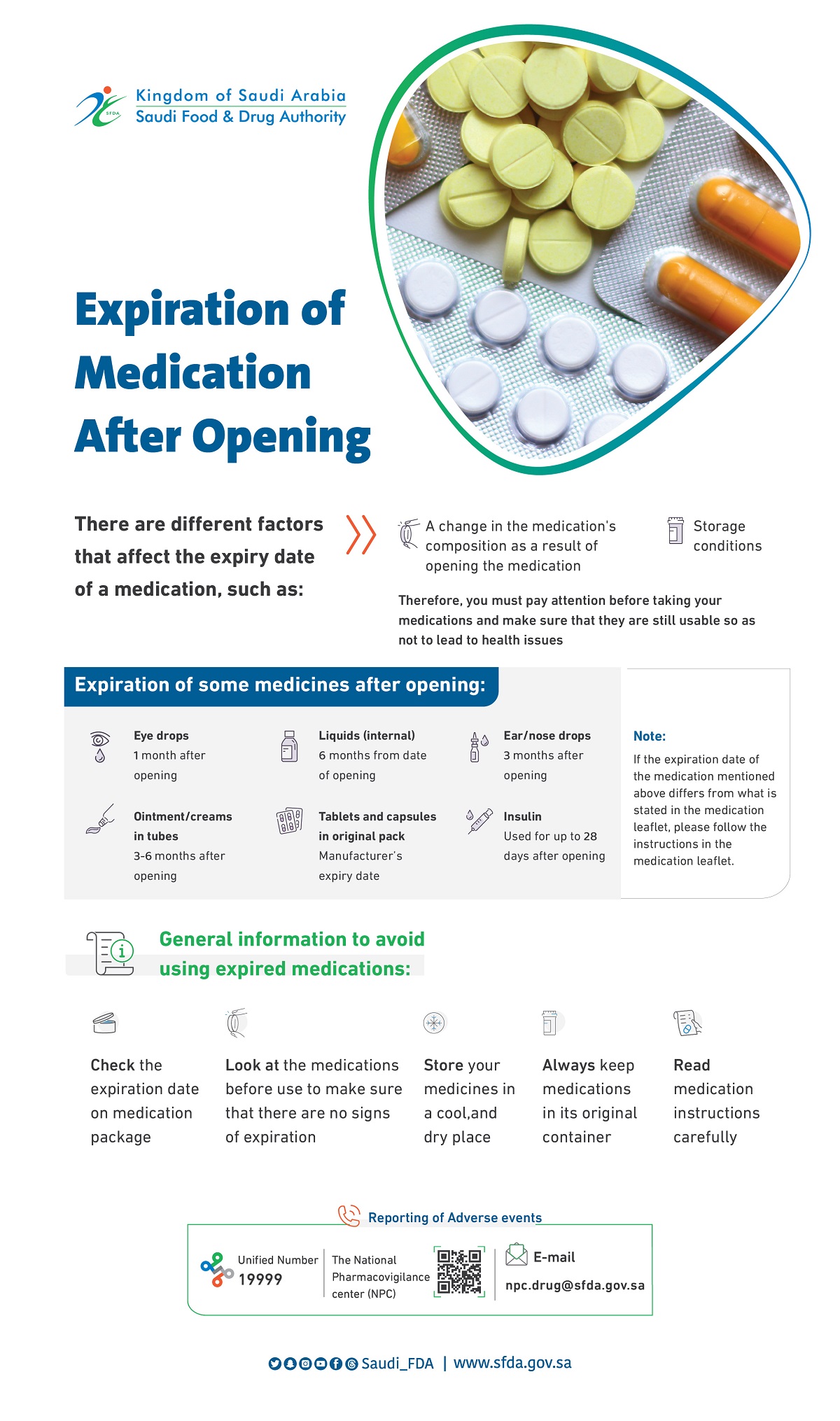

-
About SFDA
About SFDA
SFDA in vision 2030
Authority Strategy
Career and Life
- Information Lists
-
Areas
- Consumer Corner
- Media Centre
- Eservices
Antibiotics for Prophylaxis against Hemodialysis Catheter–Related Infections
Antibiotics for Prophylaxis against Hemodialysis Catheter–Related Infections
Antibiotics for Prophylaxis against Hemodialysis Catheter–Related Infections
2008-05-19
Background: Catheter-related infections cause morbidity and mortality in patients undergoing hemodialysis.
Purpose: To examine whether topical or intraluminal antibiotics reduce catheter-related bloodstream infection compared with no antibiotic therapy in adults undergoing hemodialysis.
Data Sources: Electronic databases, trial registries, bibliographies, and conference proceedings up to October 2007, with no language restrictions.
Study Selection: Two reviewers independently selected randomized, controlled trials using topical or intraluminal antibiotics for prophylaxis of infection in adults with catheters who are undergoing hemodialysis.
Data Extraction: Two independent reviewers assessed studies for inclusion, quality, and extracted data.
Data Synthesis: Fixed-effects models were used to estimate pooled rate ratios for outcomes. Topical antibiotics reduced the rate of bacteremia (rate ratio, 0.22 [95% CI, 0.12 to 0.40]; 0.10 vs. 0.45 case of bacteremia per 100 catheter-days), exit-site infection (rate ratio, 0.17 [CI, 0.08 to 0.38]; 0.06 vs. 0.41 case of infection per 100 catheter-days), need for catheter removal, and hospitalization for infection. Intraluminal antibiotics reduced the rate of bacteremia (rate ratio, 0.32 [CI, 0.22 to 0.47]; 0.12 vs. 0.32 case of bacteremia per 100 catheter-days) and need for catheter removal. Intraluminal antibiotics did not significantly reduce the rate of exit-site infection, and no hospitalization data were available for these agents.
Limitations: The evidence base included only 16 trials, and most had less than 6 months of follow-up. Only one third of studies were blinded. Publication bias was evident.
Conclusion: Both topical and intraluminal antibiotics reduced the rate of bacteremia as well as the need for catheter removal secondary to complications. Whether these strategies will lead to antimicrobial resistance and loss of efficacy over longer periods remains unclear.
Source: Annals of internal medicine ,Volume 148 Issue 8 | Pages 596-605




